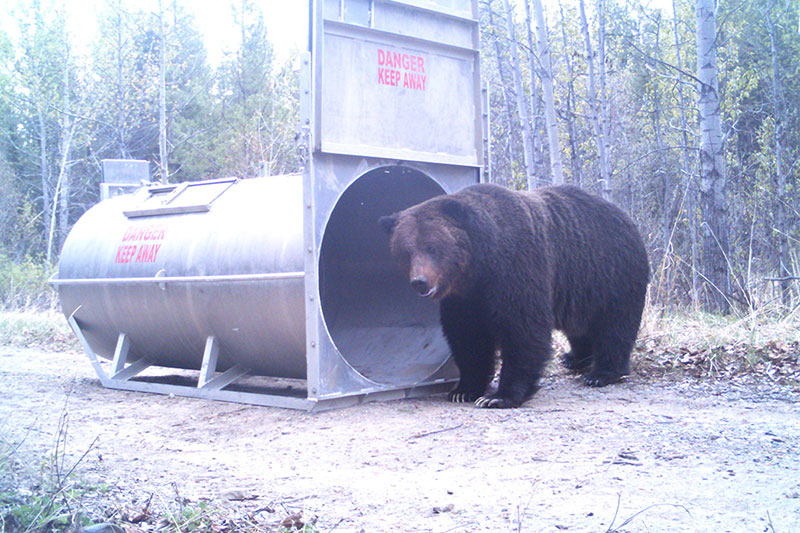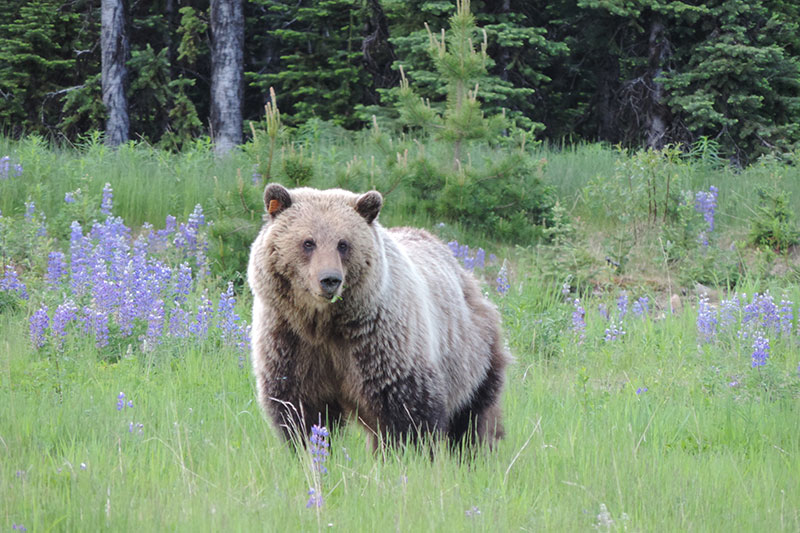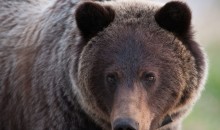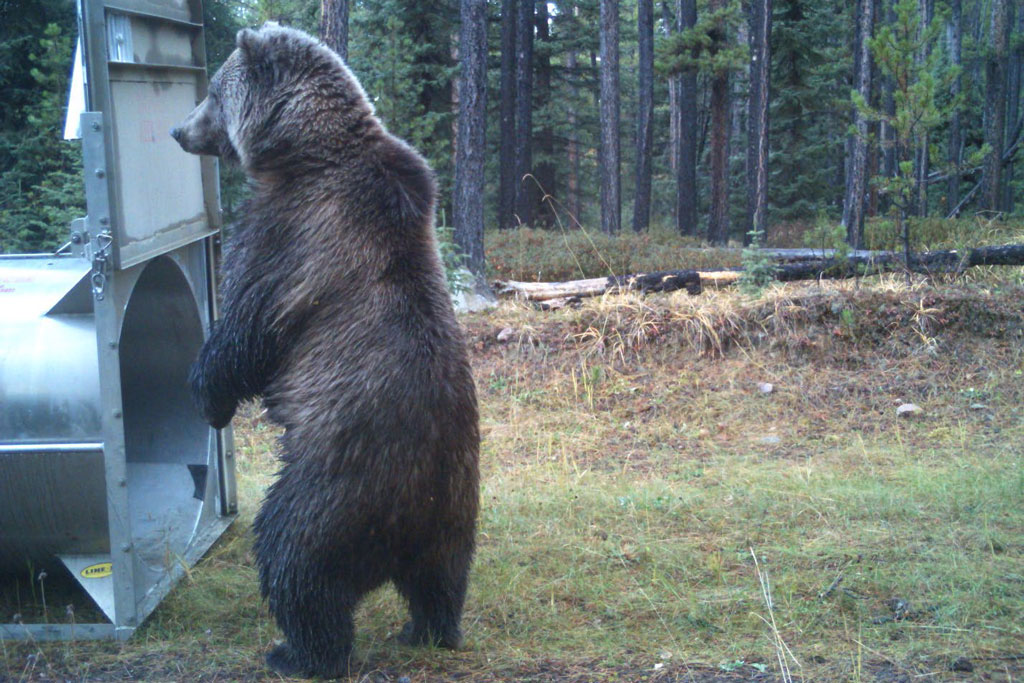Ben Williamson
The seven Bear Management Areas (BMAs) of Alberta encompass a little over a third of the province. Some of this area is remote wilderness, but much of it is a working landscape shared by communities, multiple industries, and recreational users. There are towns and roads and parks and farms and forests, and sometimes when bears visit these places, there is conflict.
Dangerous for people and often deadly for bears, much effort has gone into trying to prevent or reduce conflict through BearSmart public education, attractant management, and deterrents. However, if these are unsuccessful and there is concern for public safety, wildlife officers are left with only two options: move the bear, or destroy it.
Whenever possible, the Government of Alberta chooses to move the bear, which is often referred to as relocation or translocation in the technical language of wildlife management. We have always assumed that some of the bears survive the ordeal, making translocation better than the alternative. However policy should be based on science, not assumptions, so the Grizzly Bear Program worked with the Province to try to figure out exactly how many translocations have been successful, and the reasons for success or failure.

It took many hours and a collaborative effort for Sarah Milligan to compile and merge government records—dating back to 1974—with our own long term research database. This let her evaluate translocation outcomes by cross referencing the two datasets for matches in conflict, re-capture, and mortality records.
Since 2000, 51 translocated bears had been monitored by fitting them with wildlife tracking collars. For these bears, it was often much simpler to determine whether translocation was a success—defined by the team as not needing further management, not returning to the capture area, and surviving for at least one year.
In the end, Sarah was able to determine success or failure for 110 translocations. Here are some of the highlights from her paper:
- 77 translocations failed; 33 succeeded.
- Male and female bears fared about the same, as did adults and sub-adults.
- Of the failed translocations, 28 bears died within a year of release, 30 bears returned to the area it was captured in, and many failed from a combination of re-offense, homing, and mortality.

These numbers aren’t particularly surprising, but they are in need of improvement. The next objective of the paper was to identify the different factors of each translocation to determine what helps and what hinders. Here is what the team found:
- Releasing bears into “safe” habitat with less risk of human-caused mortality helps! In general, this means selecting areas with low road density, where humans have less access into grizzly bear habitat. Releasing bears near a river helps too.
- Releasing bears later in the year, as is often the case, actually hinders a successful translocation. This is likely because the risk of both conflict and mortality is high in the fall given that bears are especially food driven (to both natural and human sources), and there is an increase in the number of people in bear habitat during the general hunting season.
- Moving bears large distances does not help to prevent failure from re-offense and mortality overall, but it does help reduce the odds of homing (returning to near where they were captured) when that is important. Moving them 100 km away helps a lot; 200 km helps even more.

Because the Grizzly Bear Program has also been collaring bears that are not involved in conflict and translocation, Sarah and the team took the opportunity to compare them to translocated bears with collars to see if there are long-term effects of translocation on the bear’s behaviour.
Translocated bears didn’t seem to den any differently, but the team found that bears moved into a new BMA had much larger home ranges—more than three times the average resident bear! This could mean that the bears are wasting a lot of energy while also increasing their risk of encountering humans, therefore reducing their chances of survival. This could compound over the long term, given that the researchers also found that bears may be selecting lower quality habitat as time goes on. As a result, wildlife managers must weigh the short term and long term impacts when deciding where and how far to move bears.
Overall, this paper is a big step forward in understanding the effect of translocating bears, and provides specific information that wildlife managers can use immediately to guide their efforts of managing human-bear conflicts.









